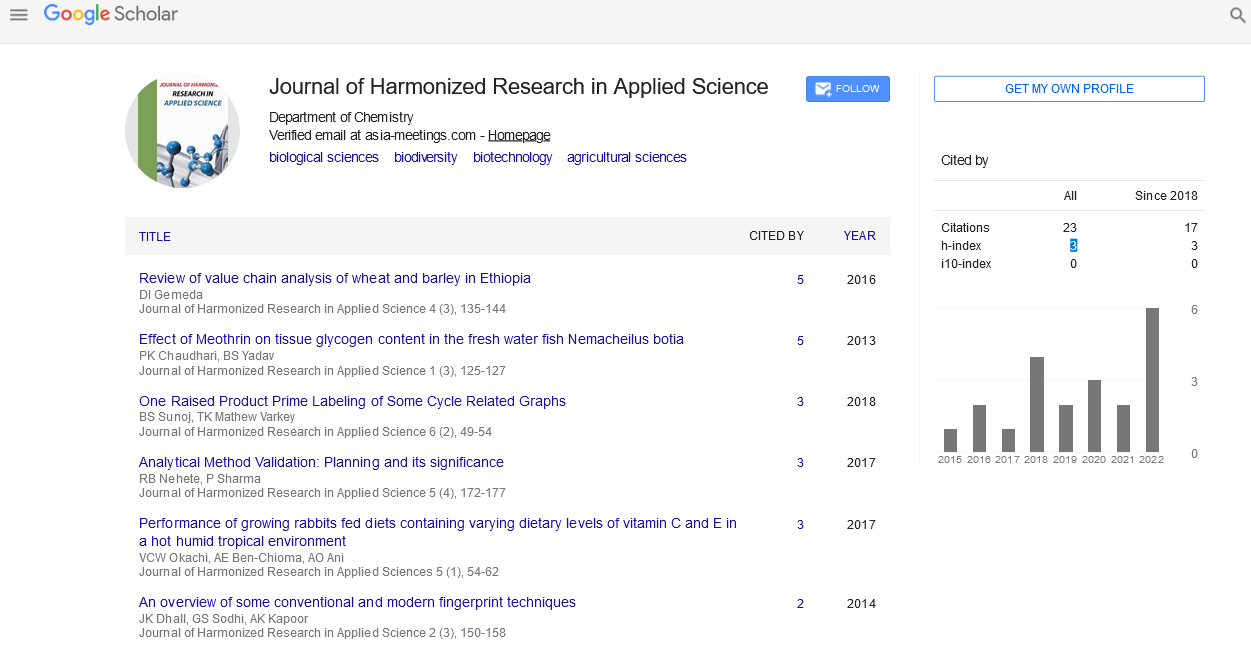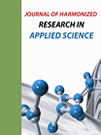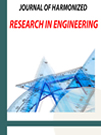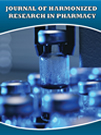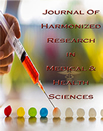STUDY OF GROWTH, SECONDARY METABOLITIES AND GLUCOSINOLATE CONTENT IN CARDAMINE HIRSUTA V/S BRASSICA JUNCEA (INDIAN MUSTARD)
Abstract
Author(s): Mona Kejariwal*, Dale Rodrigues and Harshada Gowda
Comparative studies of secondary metabolites and glucosinolate content in Cardamine hirsuta L. v/s Brassica juncea (Indian mustard) were carried out. Comparative studies of secondary metabolites and g lucosinolate contents in Cardamine hirsuta L. v/s Brassica juncea (Indian mustard) were carried out. Physiological characteristics and analysis of secondary metabolites and glucosinolate content in Cardamine hirsuta L.and Brassica juncea was done simultaneously. Physiological characteristics of Cardamine hirsuta L. with Brassica juncea.Methods were compared with the help of U.V spectrophotometer, HPTLC and qualitative chemical analysis. Since both plants belong to Brassicaceae family, mustard plant was selected to compare physical, chemical and biological properties of Cardamine hirsuta L. Their different phytoconstituents were identified and compared qualitatively as well as quantitatively. Out of many important phytoconstituent glucosinolate was further quantified simultaneously. Secondary metabolites was identified and compared qualitatively while glucosinolate content was quantified and compared. The study revealed that raw Cardamine seeds and leaves showed maximum level of glucosinolates compared to the raw mustard seeds and leaves samples.

